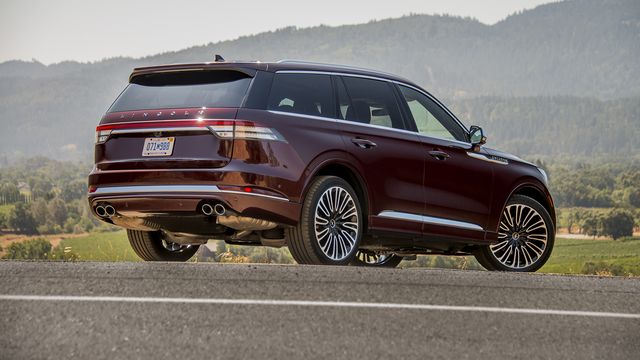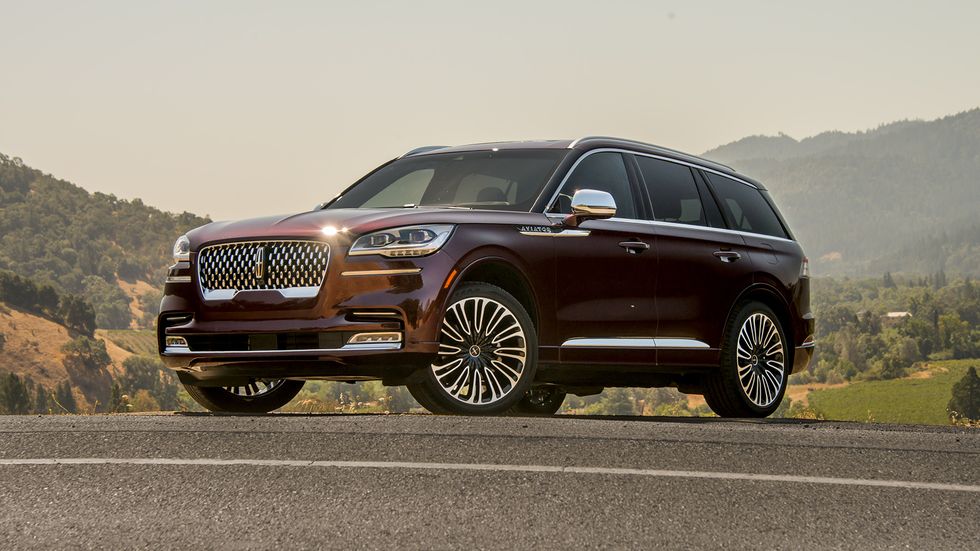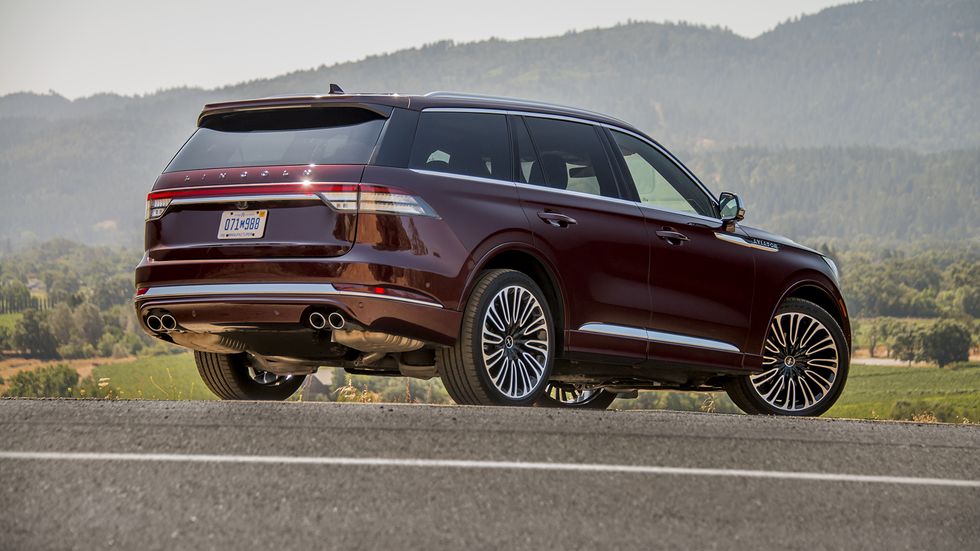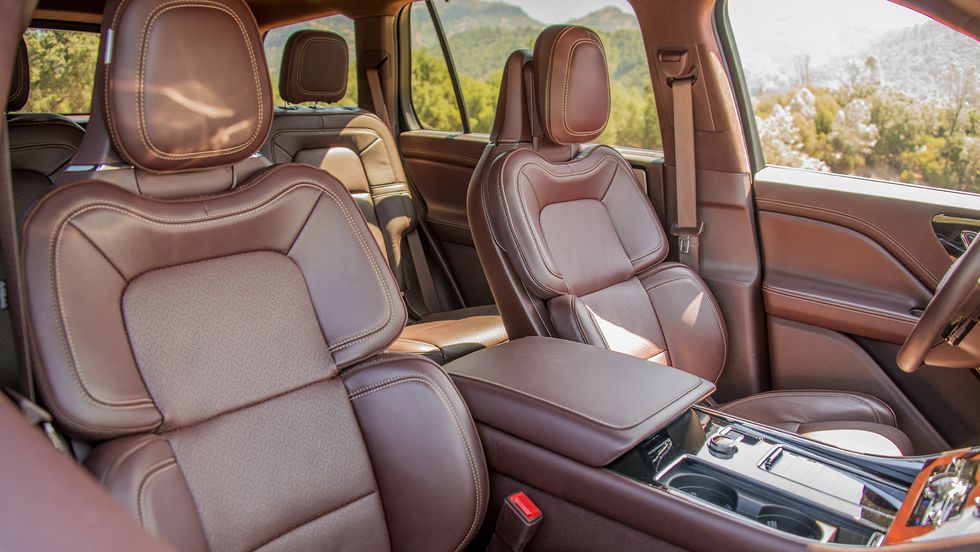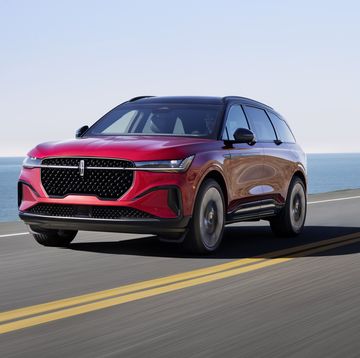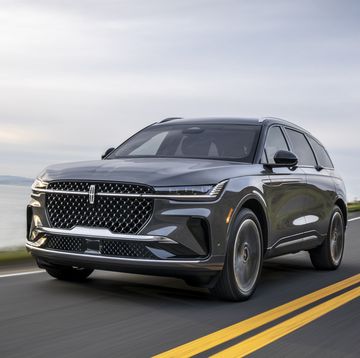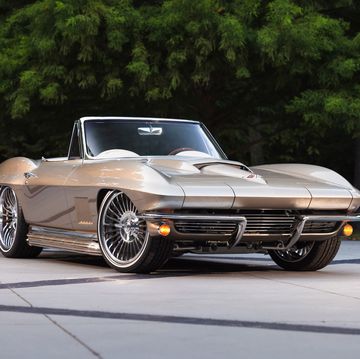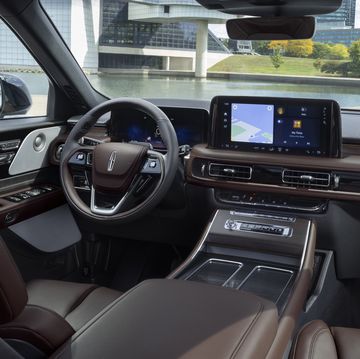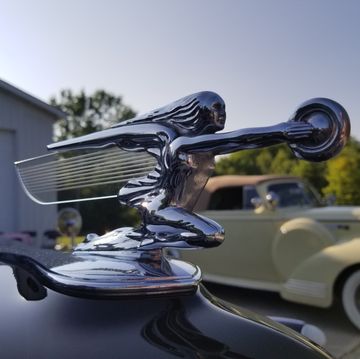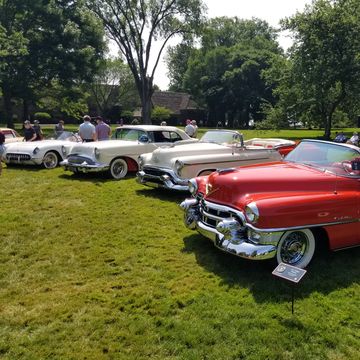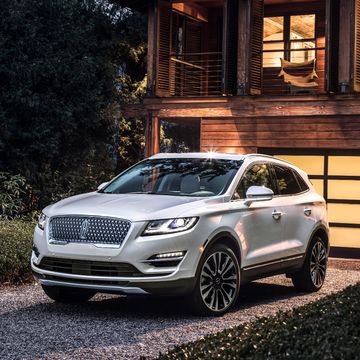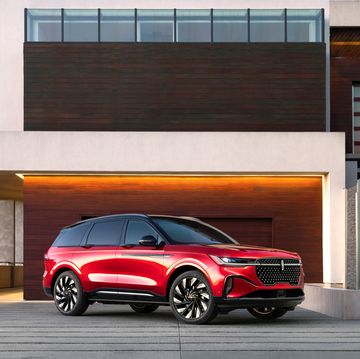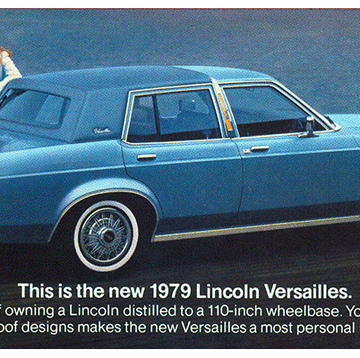The debut of the Navigator two years ago was the first sign that Lincoln was back, and that it didn't want to be Cadillac or any of its German rivals. That was the first sign that finally, something was afoot after a long period of running on pure inertia with a lineup that was aimed more at the black car trade and at buyers comfortable with what Lincoln was in the 1990s. Of course, Lincoln's road back to luxury car relevance was really inaugurated with the debut of the current-gen Continental, but in today's automotive landscape it's SUVs and crossovers that command the lineup. And if the new 2020 Aviator is any indication, Lincoln is back in command and it knows what it wants to be.
The Aviator nameplate has been on hiatus since 2005, returning thanks to the market's current love affair with luxury crossovers and SUVs. Lincoln has quickly reinvented its lineup with a new design language and a renewed focus on a distinct interior design quite different from longtime rival Cadillac. And Cadillac should be worried.
When it comes to design, the Aviator is a fresh take on a domestic luxury SUV inside and out. The exterior itself won't surprise those who have been following Lincoln's debuts for the past few years -- it's fits right into the current lineup without so much as a click -- so much so that it may be helpful to learn how to tell it apart from the slightly smaller Lincoln Nautilus and Lincoln Corsair. The easiest way we can suggest to differentiate the the Aviator from its siblings is to remember that its side windows stretch all the way to the back of the D-pillar, unlike those of the Nautilus, and that its taillights are joined by a horizontal bar, akin to the Navigator.
On the inside, Lincoln has successfully mixed several familiar themes with innovative touches, like the patterned metal surface of the center console that houses audio and climate controls. It's more than a nod to the Lincolns of decades past, and it's well integrated with the rest of the dash center, atop which sits a horizontal 10.1-inch screen that is within easy each.
Powered by a twin-turbocharged 3.0-liter V6 engine paired with a 10-speed automatic transmission, the Aviator has 400 hp and 415 lb-ft of torque on tap -- and that's the base engine. The Aviator Grand Touring is the higher-output hybrid model in this two-tier lineup with 494 hp and 630 lb-ft of torque (yes, really), which we'll talk about in a separate review. But with 400 hp in the base model, which uses a rear-wheel drive architecture like the new Explorer with which it shares its platform, there is already plenty to talk about as Lincoln fires a series unsubtle cannon shots across the bow of its rival luxury galleons. A total of five driving modes with quirky names (except for the first one) are on the menu -- Normal, Conserve, Excite, Slippery and Deep Conditions -- and can be dialed in via the rotary knob positioned on the center console, just south of the two metallic volume and tuning knobs.
Aside from pure power, the Aviator has plenty of chassis tech on the menu as well. Adaptive Suspension with Road Preview uses a forward-facing camera to scan the road almost 50 feet ahead and adjust the suspension to mitigate impact from potholes as shallow as two inches in depth. An optional Adaptive Suspension is the more basic version of the Aviator's bag of suspension tricks, using 12 sensors to read the road 500 times per second, and to dial in adjustments 100 times per second -- this system stiffens shock absorbers in response to major dips in the road to reduce the amount of the drop. The top suspension system on the menu is the Air Glide, which trades coil springs for guided air springs and will automatically drops the ride height upon the approach of the driver.
All of this sounds very nice on your computer screen, but does the base Aviator model set itself apart from an ever-growing cast of rivals, foreign and domestic?
The Execution
I went to the twisty roads of Napa Valley to find out, and what I discovered is the Aviator makes a very strong case for itself by going its own way, rather than trying to emulate the German, Japanese, Korean or American competition.
One piece of good news that we can report is that there is no trace of Ford Explorer underpinnings when it comes to feel, aside from the feel that you would want -- the feel of a rear-wheel drive platform. And I say this having just driven the new Explorer a couple of months prior. The Aviator certainly feels and drives with more heft, but in a good, luxury-car manner, feeling substantial while also being able to put power down on the pavement, rather than being held back by its own weight.
With plenty of power underhood acceleration is never a problem, even though the engine likes to make it known to you as it revs through each one of the gears and a bit of the engine sound is piped in, of course. But even with very gentle throttle inputs it's easy for passengers to get the impression that the Aviator is being driven with intent. It's never harsh nor loud in proportion to what the V6 engine and transmission are actually doing. And it's easy to get used to in just a few minutes.
But that's about the only sound that actually intrudes into the cabin on perfect roads, which are in good supply in California's wine country. The only other kind of noise that makes it into the cabin is tire noise over broken pavement -- I managed to find some even in this part of the state -- but the quietness of the cabin is one of the Aviator's strong suits. I suspect that the relatively large wheels -- a mandate these days, as customers expect them -- contribute to a little more tire and road noise than you'd prefer, but these wheels are still smaller than the ones they're putting on the Navigator. With 400 horsepower on tap, the engine is never short of breath -- that much is clear. Even though engine noise is perhaps a little overly dramatic, the delivery is smooth and progressive with no notable gaps in the power band or unwelcome amounts of turbo lag.
As much as the controls of the Aviator delight the eye, it's the mix and quality of materials that aim to impress -- that's why Matthew McConaughey always looks bemused or as if he's about to giggle in Lincoln TV spots -- he's impressed with this interior too.
Physical buttons are very much embraced in this interior, and this extends to the push-button transmission that has (improbably) survived and thrived in Lincoln interiors. I'll give the automaker plenty of bonus points here for avoiding some kind of dainty, plastic and Germanic column-mounted stalk or novelty monostable-type shifter that makes squeaky plastic sounds when you grasp it -- those systems are rarely executed well from a standpoint of ergonomics -- but Lincoln's buttons still require a half-second delay before the gear actually engages. You know the feeling: you've already put the shifter from reverse into drive or vice versa, but the transmission itself takes another half second to complete the change, producing a few inches of roll if you're on an incline. So it's best to give it a couple of second to sort itself out without taking your foot off the brake.
A few more quirks abound: interior door latches are also buttons, the big black plastic kind, which may be news to those who haven't been in a Lincoln in the past decade. It's an odd ergonomic element in a car that seems to appreciate retro touches, and I have a feeling Lincoln customers would have expected a big chrome handle of some sort, to go along with the substantial and metallic feel of the doors and interior accents. But black plastic button that you press with your thumb it is.
The Takeaway
The Aviator is back and it's forging its own idea of luxury, rather than looking at competitors to copy. You won't confuse this interior with a Cadillac or a Buick, nor an Audi, Lexus or Mercedes-Benz for that matter. The most important thing is that you won't confuse it for the interior of a Ford Explorer. That's an accomplishment in itself, and it speaks to the attention that FoMoCo is finally giving the Lincoln brand, after years of crossovers and SUVs that felt a little too close to their less expensive Ford versions.
The Aviator has a few quirks, sure, but the overwhelming impression is a very solid feel that I suspect will be appreciated by buyers that have not looked at Lincolns in years. The power of this model, as well as the fit and finish of the interior aim to impress, and largely succeed.
2020 Lincoln Aviator Specs
On Sale: Now
Base Price: $52,195
Drivetrain: Twin-turbocharged DOHC 3.0-liter V6, ten-speed automatic, RWD/AWD
Output: 400 hp @ 5,500 rpm, 415 lb-ft @ 3,000 rpm
Curb weight: 4,774 lbs.
Fuel Economy (EPA City/Highway/Combined): RWD; 18/26/21 mpg, AWD;17/24/20 mpg
Pros: Well-made cabin, good ergonomics and interior materials, plenty of power
Cons: Tight third row access, ride could be plusher with smaller wheels

Jay Ramey grew up around very strange European cars, and instead of seeking out something reliable and comfortable for his own personal use he has been drawn to the more adventurous side of the dependability spectrum. Despite being followed around by French cars for the past decade, he has somehow been able to avoid Citroën ownership, judging them too commonplace, and is currently looking at cars from the former Czechoslovakia. Jay has been with Autoweek since 2013.
